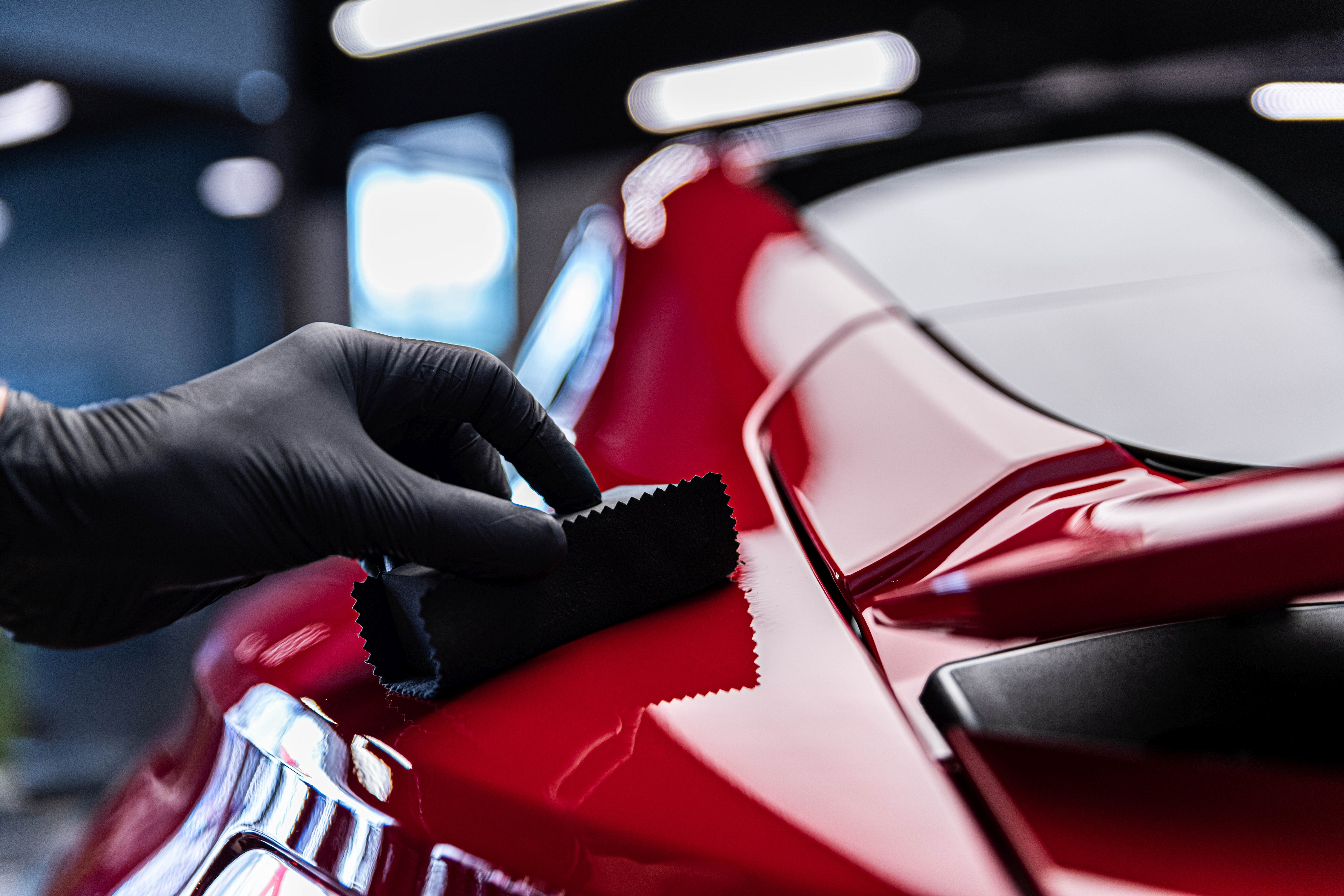A Comprehensive Overview to the Sorts Of Ceramic Layer on the marketplace
Ceramic finishes have actually arised as a critical remedy across numerous sectors due to their one-of-a-kind residential properties and applications. As we discover the distinct features and applications of these coatings, the ramifications for performance and durability come to be progressively apparent, elevating inquiries about which type could best match your requirements.
Comprehending Ceramic Coatings
Ceramic finishes are advanced safety services that have obtained appeal in different markets, especially in automobile and aerospace applications. These layers contain a liquid polymer that, when treated, forms a long lasting, hydrophobic layer externally of the substratum. This layer offers enhanced resistance to environmental impurities, UV radiation, and chemical direct exposure, thereby prolonging the life and aesthetic allure of the underlying material.
The basic part of ceramic layers is silica, which contributes to their solidity and durability. The application process usually involves surface area preparation, application of the layer, and curing, which can be achieved with warm or UV light. When treated, ceramic coverings exhibit exceptional bonding buildings, enabling them to adhere strongly to a variety of surface areas, consisting of metals, plastics, and glass.
Along with their protective attributes, ceramic finishes also offer simplicity of upkeep. Their hydrophobic nature minimizes the adherence of dirt and gunk, making cleaning less complex and much less constant. Generally, the fostering of ceramic finishings represents a substantial development in surface area protection innovation, offering both useful and visual advantages throughout numerous markets.
Kinds Of Ceramic Coatings
Different kinds of ceramic coatings are available, each created to fulfill specific efficiency demands and applications - Auto Detailing. The most typical types consist of:
Silica-based Coatings: These finishes mainly contain silicon dioxide and are understood for their sturdiness and chemical resistance. They are extensively made use of in vehicle and industrial applications.
Titanium Dioxide Coatings: Distinguished for their photocatalytic residential properties, titanium dioxide coverings are usually applied in environments where self-cleaning and antifungal buildings are preferable, such as in building materials and vehicle finishes.
Zirconia Coatings: Characterized by their high-temperature security and thermal resistance, zirconia coatings are made use of in applications such as wind turbine engines and high-performance automobile elements.
Alumina Coatings: Exhibiting exceptional firmness and thermal stability, alumina coatings are frequently utilized in wear-resistant applications, including reducing tools and industrial equipment. - Paint Protection Film
Crossbreed Coatings: Incorporating the homes of numerous products, hybrid layers supply improved performance characteristics, making them ideal for special and requiring applications.
Each kind of ceramic coating offers unique purposes, permitting customers to choose the most appropriate solution based go right here on certain ecological problems and efficiency demands.
Benefits of Ceramic Coatings
Ceramic coverings, in certain, deal many benefits that make them significantly prominent amongst makers and customers alike. These finishes are immune to scratches, chemicals, and UV rays, ensuring that the underlying surface area stays safeguarded over time.
In addition to longevity, ceramic finishings offer excellent hydrophobic properties, permitting very easy cleansing and upkeep. This water-repellent nature minimizes the adherence of dust, grime, and other pollutants, which can extend the visual allure and functionality of the surface area. Ceramic layers can substantially enhance thermal resistance, making them optimal for applications that sustain high temperature levels.

Application Refine
When applying ceramic finishes, a meticulous approach is important to achieve ideal outcomes. The application process typically starts with comprehensive surface area preparation. This entails cleaning, decontaminating, and polishing the surface to remove all contaminations, consisting of dirt, grease, and prior waxes or sealants. A tidy surface area makes sure proper bond of the coating.
As soon as the surface area is prepped, the next step is to apply the ceramic coating. The finish should be applied in thin layers, as thicker applications can lead to irregular finishes.
After application, the covering requires a particular curing time, normally ranging from a few hours to a full day, depending on the product. Throughout this time around, it is important to avoid direct exposure to moisture or impurities. Ultimately, a mild buffing may be essential after treating to improve the gloss and get rid of any type of high spots. Following these steps faithfully will make best use of the effectiveness and durability of the ceramic layer, supplying a durable protective layer for the surface.
Maintenance and Durability
To guarantee the durability and effectiveness of a discover this info here ceramic finish, routine maintenance is important. Ceramic finishes, known for their toughness and protective high qualities, need details care regimens to optimize their life-span and efficiency. The initial action in maintenance involves regular washing with pH-neutral soap, avoiding harsh chemicals that can deteriorate the layer. It is suggested to wash the car regularly, preferably every two weeks, to avoid the build-up of impurities that could compromise the finish's integrity.
In enhancement to routine washing, periodic examinations are important. Search for signs of wear or damages, such as hydrophobic residential or commercial properties lessening or surface blemishes. If essential, a light gloss might be put on renew the finishing without stripping it away.
Additionally, the application of a booster spray can enhance the finishing's hydrophobic effects and recover its gloss. This is specifically advantageous for layers that have actually been in use for an extensive duration. Eventually, by adhering to these upkeep practices, one can dramatically expand the life of a ceramic finishing, guaranteeing that it remains to provide ideal defense versus ecological variables and keep the visual allure of the automobile.
Conclusion
